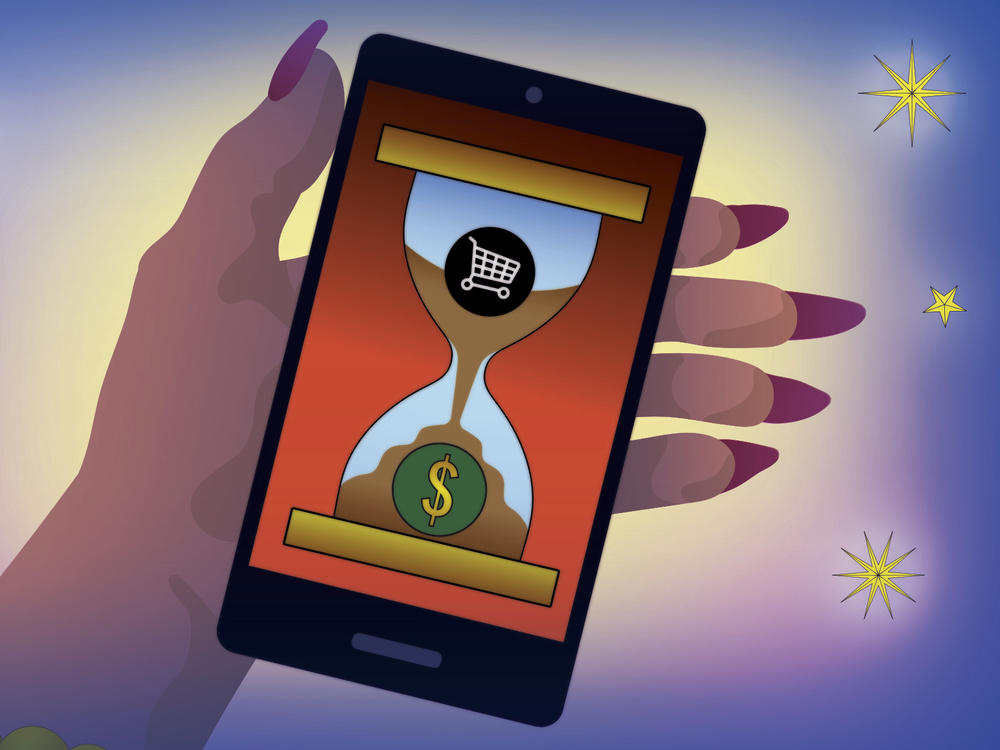Section Branding
Header Content
How do you use Buy Now, Pay Later? It likely depends on your credit score
Primary Content
One in five shoppers have now used Buy Now, Pay Later services like Klarna, Affirm and others that let people pay for purchases in installments over weeks.
That's according to the Federal Reserve Bank of New York, which is studying how people use this relatively new option. Because these companies share little information with credit bureaus, there's a lot we don't know about how risky or beneficial their services are proving for people.
Overall, shoppers are increasingly using Buy Now, Pay Later like they might a credit card — frequently and on everything.
"The whole point is to try to not pay interest," says Miguel Kercado from Columbus, Ohio, who first tried Klarna to grab a plane ticket at 30% off to visit family in Puerto Rico.
"It allowed me to act in the moment without tying up my money," says Kercado, 56. He's since used Buy Now, Pay Later to buy a suitcase and replace a broken sofa. "That way, my credit card line was just there if I had to use it for something else."
While credit cards charge interest if you don't pay the full bill at the end of the month, a typical Buy Now, Pay Later offer lets you pay for something in four or six installments interest-free — and doesn't require a credit check.
The New York Fed found that people with good access to credit tend to use the service as a way to avoid interest on a single pricey purchase. But most users are not like that.
New research shows the shoppers fueling the growth of Buy Now, Pay Later tend to have limited access to credit, regardless of their income. They could have a lower credit score, missed credit-card payments or a rejected application for a higher credit limit.
People with limited credit access are three times more likely to use Buy Now, Pay Later five or more times a year, the data show. Their purchases are predominately under $250.
Worth noting, the survey also finds that pretty much anyone who's used the service once will use it again.
"It can snowball so dang quickly," says Maricris Buzzell, 32, who uses Buy Now, Pay Later installments to spread out the financial stress of holiday shopping. She's set up autopay straight from her bank account.
"I budget myself by using my debit card," says Buzzell, from Houston. "With the debit card, you can't spend more than you already got."
That's the biggest danger, experts often warn, including the risk of overdraft fees. And Buy Now, Pay Later companies are starting to act more like credit cards themselves: adding new interest fees and higher late penalties.
Plus, the service rarely helps to build up a credit score, but can hurt it. Missed payments can be reported to credit bureaus.
"The level of risk you're taking on to use Buy Now, Pay Later really depends on how you're using it," says Kimberly Palmer, a personal finance expert at NerdWallet.
"It can be a useful tool to purchase things that you really need in a pinch and you just don't have the cash," she says. "But where you can run into trouble is if you start using [it] to buy optional or luxury items and then you end up getting in over your head."
The main thing to remember is that Buy Now, Pay Later is still a form of debt, Palmer says, that requires careful tracking.

